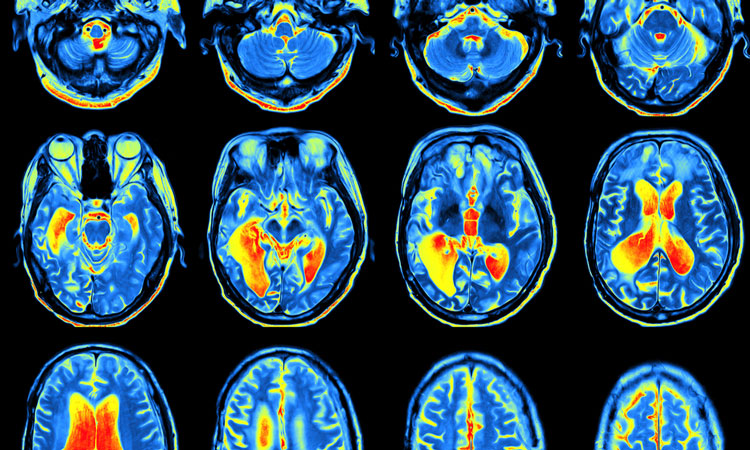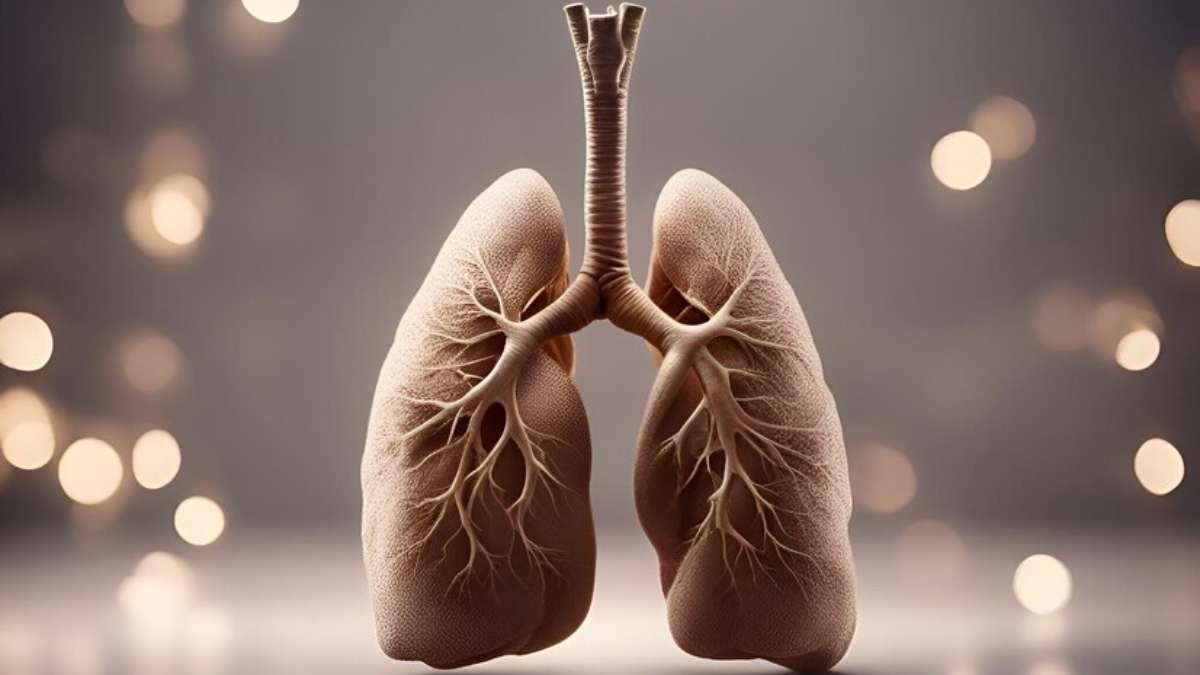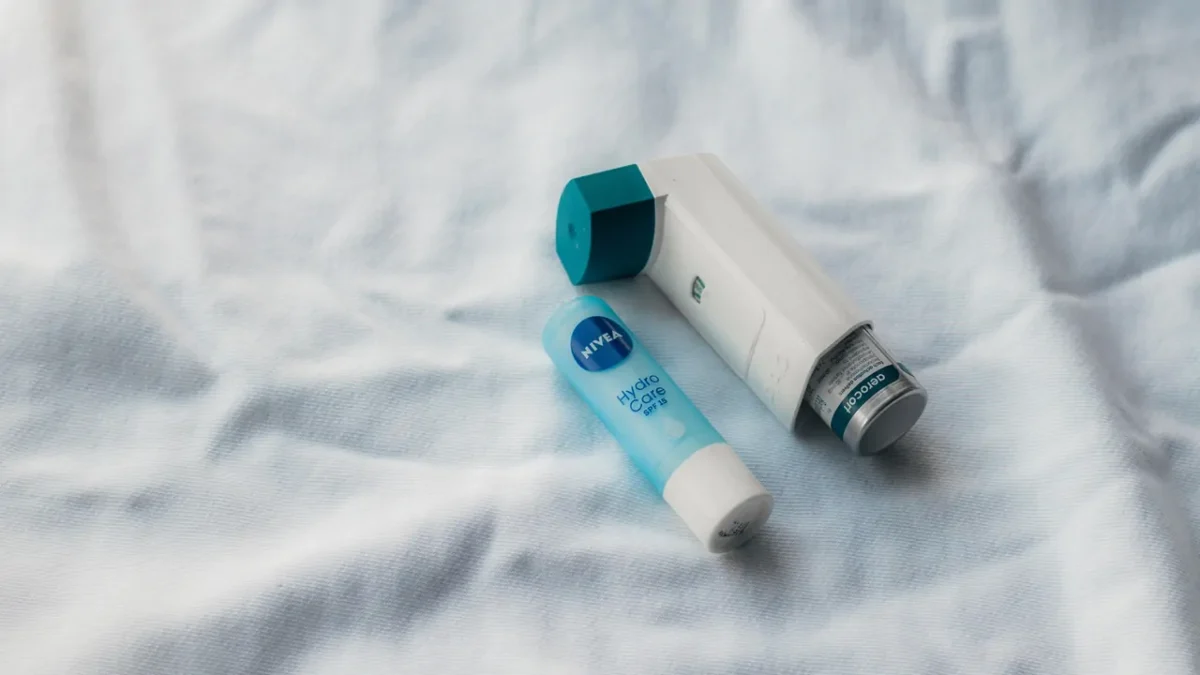BurnBot to Be Unleashed
Last year, an unprecedented heatwave exacerbated droughts and dryness worldwide, creating a particularly dire situation in California. Since 2017, the state has experienced 13 of its 20 most destructive wildfires. Amidst this backdrop, a small startup in South San Francisco, named BurnBot, founded by Anukool Lakhina and Waleed “Lee” Haddad in 2022, is pioneering a technological solution to wildfire prevention.
BurnBot, having recently secured $20 million in funding from ReGen Ventures, is set on expanding its operations, bolstering its team, and innovating new devices capable of navigating challenging terrains and tight spaces to eliminate fire-prone dry vegetation.
Traditionally, managing such vegetation to prevent wildfires involved labor-intensive and risky methods like controlled burns, mechanical removal, or chemical treatments. BurnBot introduces an innovative alternative with its RX model, a remotely operated vehicle designed to efficiently and safely clear potential fire fuels without the extensive labor or environmental harm associated with conventional methods. This machine, equipped with precision torches and smoke control systems, promises a significant improvement over traditional controlled burn techniques, especially in sensitive areas like under power lines.
Looking ahead, BurnBot is preparing for prescribed burns in collaboration with California’s transportation agency, CalTrans, and the major utility provider, Pacific Gas & Electric (PG&E), which invests over $1 billion annually in vegetation management. These partnerships highlight the industry’s search for safer, more efficient, and environmentally friendly fire prevention methods.




